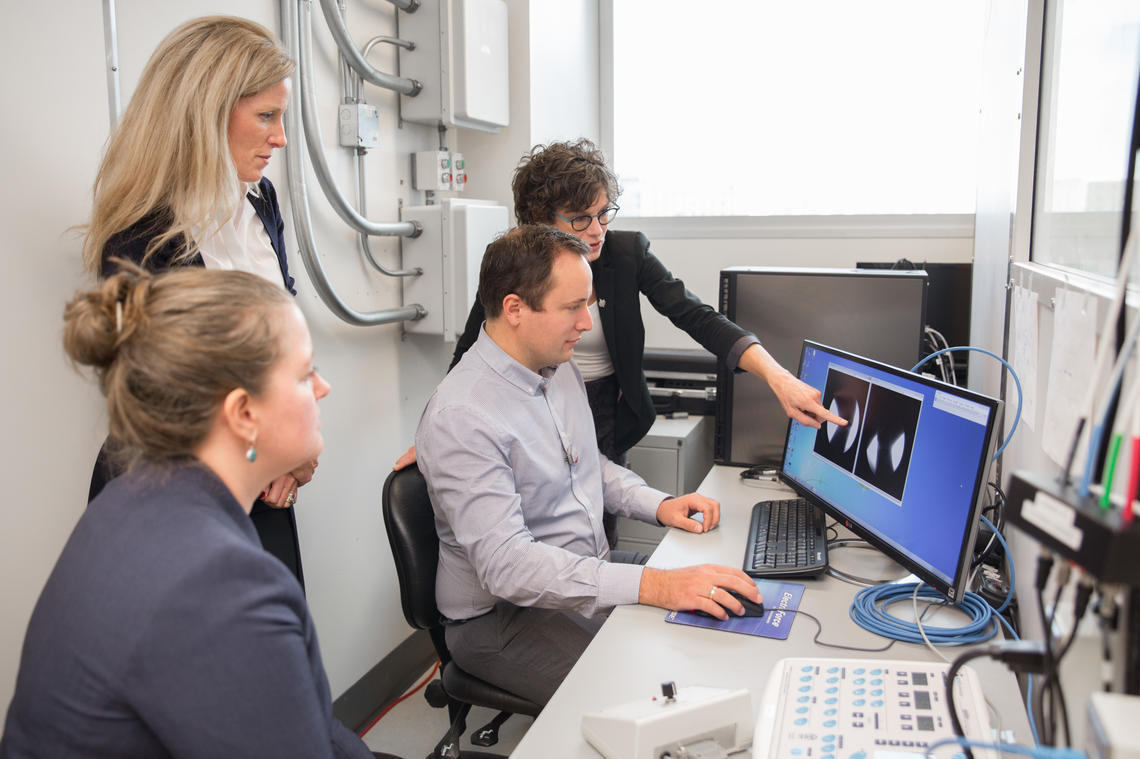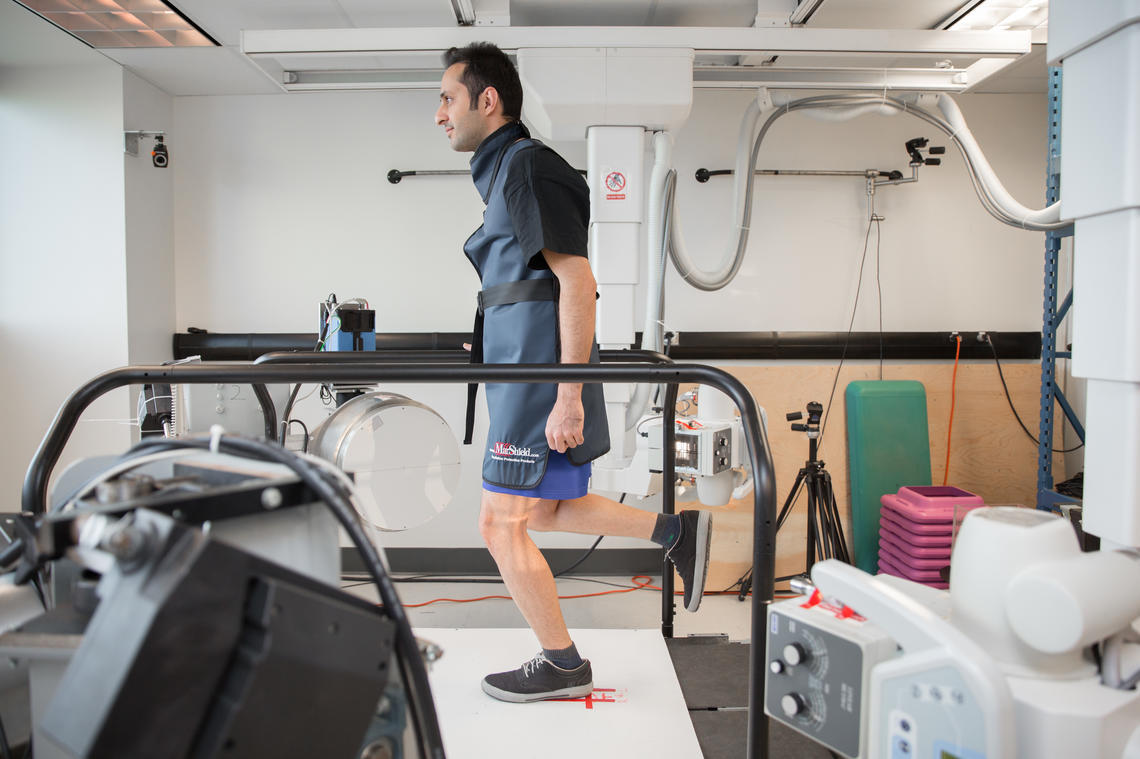Novel In-Vivo Mechanical Marker of Early Changes in Osteoarthritis
Developing a diagnostic tool to identify people at risk of developing osteoarthritis after knee injury
Anterior cruciate ligament (ACL) injury is a very common and debilitating knee injury that frequently leads to post-traumatic osteoarthritis (PT OA). After an ACL injury, changes to knee motion and joint biology likely disrupt the structural integrity of the cartilage, reducing its load bearing capacity and leading to cartilage loss—which may eventually lead to osteoarthritis. Currently, there are no accurate ways to diagnose these early changes to the cartilage and therefore prevent further damage to the joint.
BME researchers are developing a mechanical marker to identify those at high risk of developing osteoarthritis following knee injury. Using state-of-the-art in-vivo biomechanical imaging approaches, UCalgary researchers are the first in the world to assess cartilage and meniscus load-bearing capacity, cartilage thickness and composition, and dynamic knee joint function.

Jessica Kupper (PhD candidate), Dr. Sarah Coles (Radiologist, Mayfair Diagnostics), Dr. Gregor Kuntze and Dr. Janet Ronsky (left to right) reviewing fluoroscopic knee images

Patient specific knee joint model including cartilage

Dual-fluoroscopy system for analysis of dynamic in-vivo joint function
Partners
University of Alberta: Jacob Jaremko, Linda Woodhouse, Jackie Whittaker
University of Calgary, Geomatics Engineering: Derek Lichti


